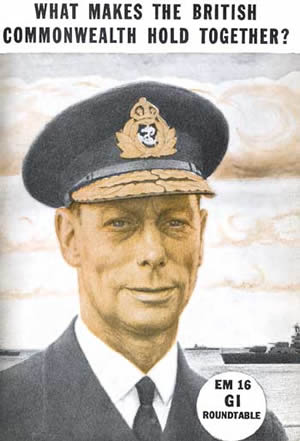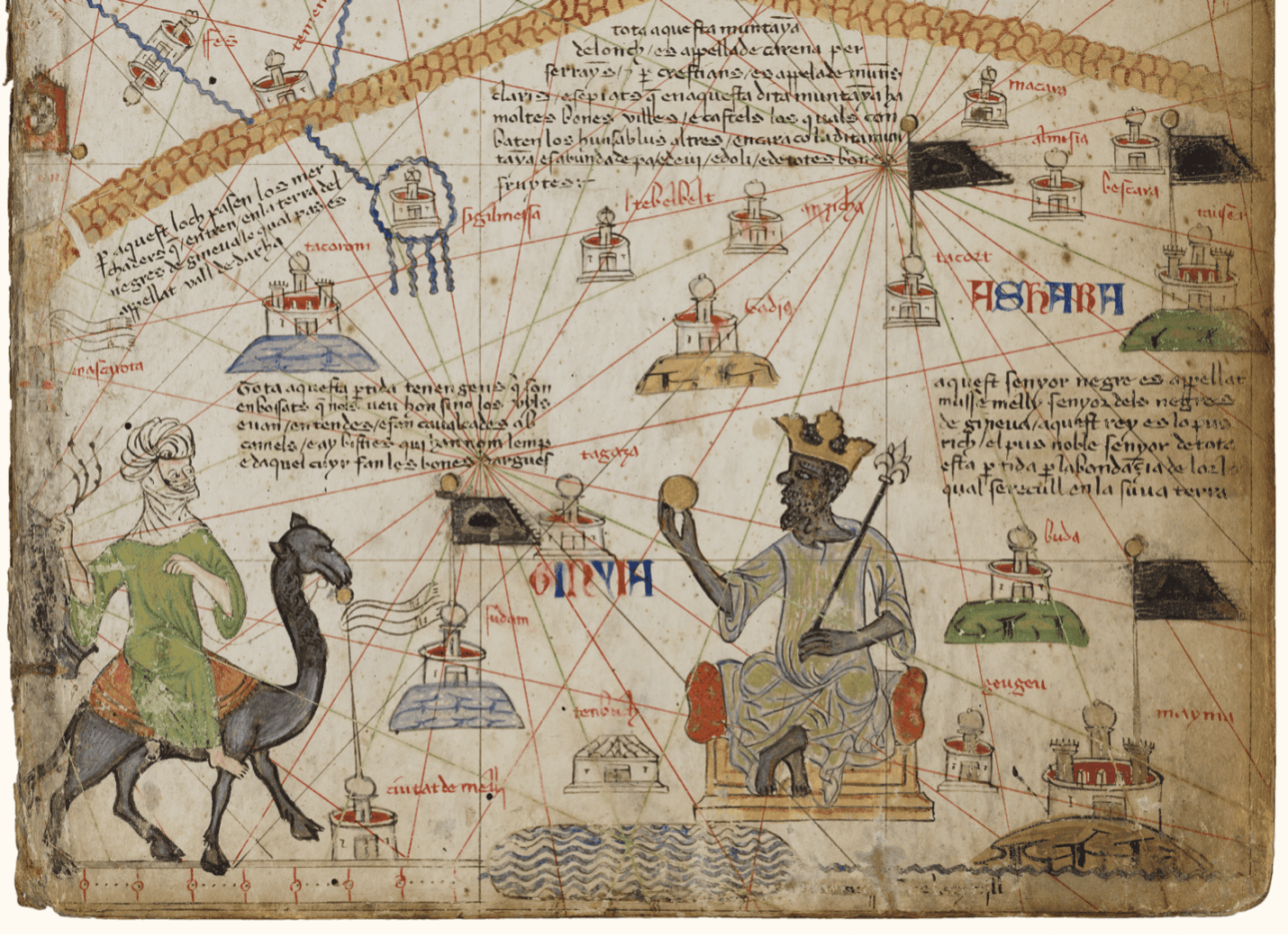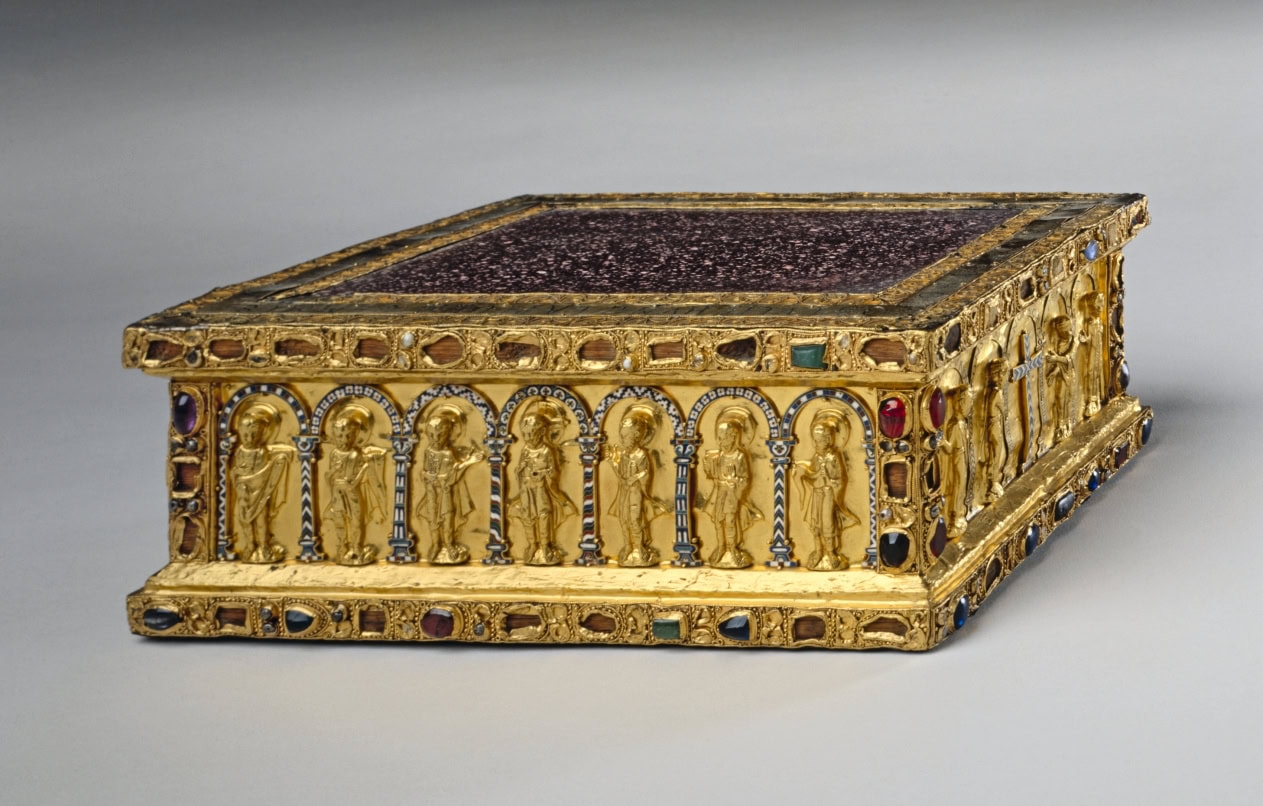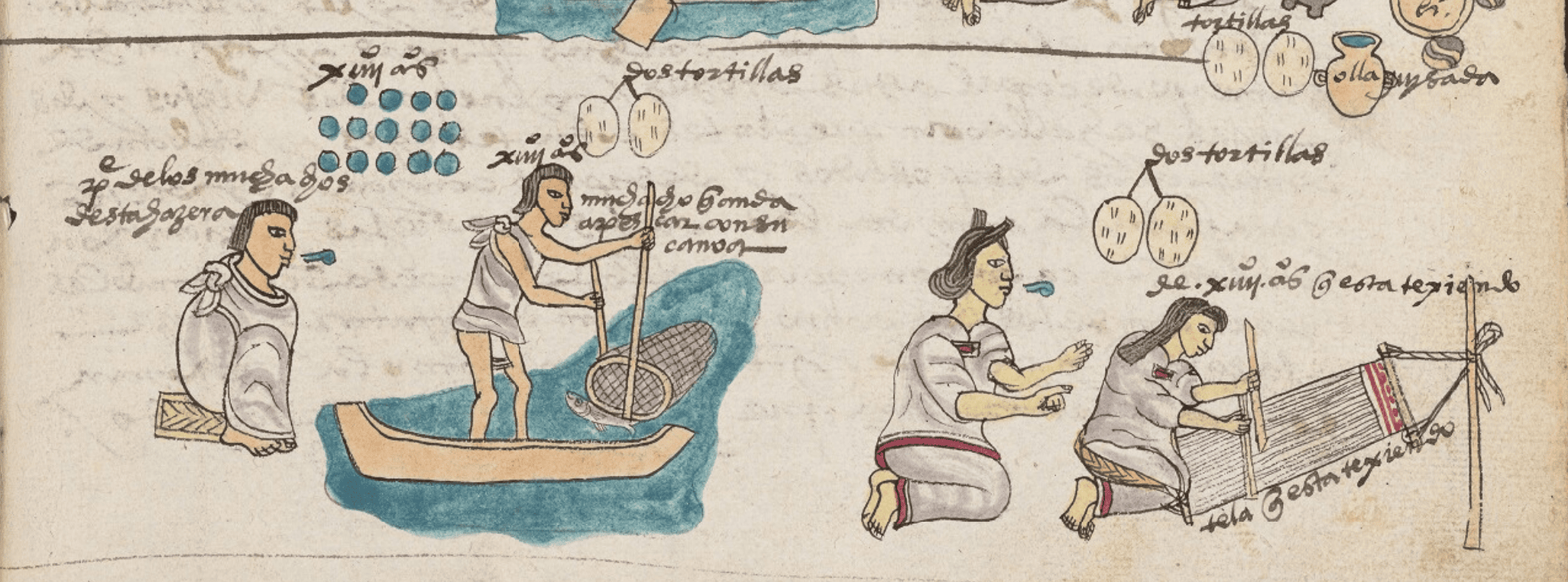By Herbert Heaton
Professor, University of Minnesota
(Published January 1946)
 Table of Contents
Table of Contents
What’s Included in the British Commonwealth?
What Happened after America Pulled Out in 1776?
Why Haven’t Other Colonies Followed Our Example?
Are the Dominions Really Independent?
Are the Colonies Moving toward Independence?
Will the Commonwealth Hold Together?
What’s Included in the British Commonwealth?
“What makes the British Commonwealth hold together?” is a question we Americans often ask each other. The fact that it does hold together no one can doubt or deny—and we may all be truly grateful that it does. If it hadn’t in those fateful twelve months between the fall of France in mid-1940 and Hitler’s attack on Russia in mid-1941, the Axis powers would have ridden roughshod over the world.
It might have been easy in those days for any disaffected parts of the Commonwealth to break away and for the structure to fall apart. But little of the sort happened. True, Eire had declared itself neutral, but tens of thousands of Irishmen enlisted in the British forces. The rest of the Commonwealth stood solitary but solid. Britons, Canadians, South Africans, Australians, New Zealanders, and West Indians smashed the Luftwaffe in the Battle of Britain. Britains, Anzacs, Indians, and West or South Africans clung grimly to North Africa and prevented Germany and Italy from pushing east of Suez to join hands with Japan. It was lucky for us that the Commonwealth did hang together through that terrible year when it stood alone.
Related Resources

September 7, 2024
Travel and Trade in Later Medieval Africa

September 6, 2024
Sacred Cloth: Silk in Medieval Western Europe

September 5, 2024